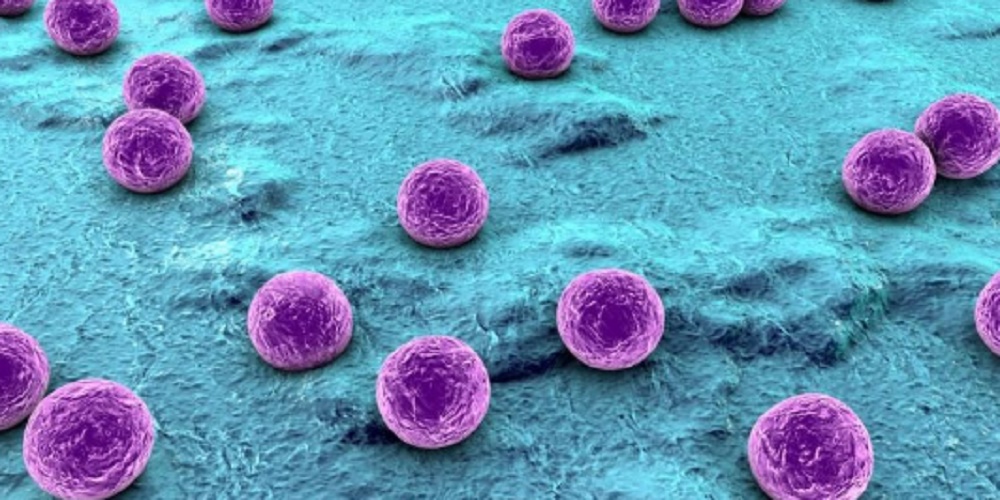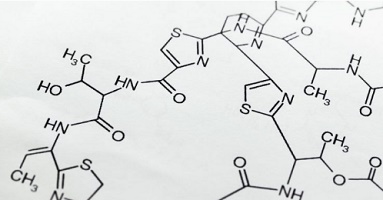What is a prokaryotic cell?
We explain what a prokaryotic cell is, how it is classified and the parts that compose it. Its functions and what is a eukaryotic cell.
-
What is a prokaryotic cell?
Prokaryotic or prokaryotic cells are single-celled living organisms , belonging to the Prokaryota empire or Monera kingdom, depending on the biological classification that is preferred. These cells are characterized by having no cell nucleus , but having their genetic material dispersed in the cytoplasm, just gathered in an area called nucleoid.
Prokaryotic organisms are evolutionarily older than eukaryotes , that is, those with a nucleus. The simplest life forms were and are still prokaryotes, like bacteria and archaea.
This simplicity has allowed its great diversification, which translates into extremely diverse metabolisms (the same does not happen with eukaryotes) and a huge diversity in terms of environment , nutrition or even structure .
Thus, prokaryotic cells can be autotrophic (make their own food) or heterotrophic (feed on foreign matter), both aerobic (require oxygen) and anaerobic (do not require oxygen), which translates into several nutrition mechanisms :
- Photosynthesis . Just like plants, some prokaryotes can synthesize chemical energy from sunlight, both in the presence and absence of oxygen.
- Chemosynthesis . Similar to photosynthesis , cells undertake the oxidation of inorganic matter as a mechanism to obtain their energy and obtain their own organic matter to grow.
- Saprófita nutrition . Based on the decomposition of organic matter left by other living beings , either at death or as remains of their own food.
- Symbiotic nutrition . Some prokaryotes obtain their organic matter to exist from other living beings, generating a benefit and thus collaborating to exist.
- Parasitic nutrition . The opposite of symbiotic: the organism is nourished from the organic matter of another major, which harms in the process even if it does not kill directly.
Finally, the reproduction of prokaryotic cells is also very varied , both asexual ( mitosis ) and parasexual (conjugation, transduction and DNA transformation for adaptive purposes).
-
Prokaryotic cell types

Prokaryotic cells can be of four types, according to their morphology:
- Coco . A typical morphological type of bacteria , have a more or less spherical and uniform shape.
- Bacillus . Cane-shaped, they include a vast range of bacteria and other saprophytic organisms of free life.
- Vibrio . A genus of proteobacteria responsible for most infectious diseases in humans and higher animals, especially those typical of the digestive tract, such as cholera.
- Spirilla . They have a helical or spiral shape, are usually very small and range from pathogenic bacteria to autotrophs.
- Pleomorphic . That is, in a changing way, mainly referred to the arches.
- Rectangular . Also typical form of archaea such as the Haloquadratum .
-
Parts and functions of a prokaryotic cell
The prokaryotic cell usually has the following structures:
- Plasma membrane . That border that divides the interior and exterior of the cell , in turn serving as a filter to allow the entry of nutrients or the exit of waste.
- Cell wall . A trait shared with vegetables and fungi, consists of a resistant and rigid fiber that gives the cell a defined shape and an additional layer of protection.
- Cytoplasm . The very interior of the cell, that is, a very fine colloidal substance that composes the cellular “body.”
- Nucleoid . Without becoming a nucleus, but a very dispersed region, it is the part of the cytoplasm where the genetic material is usually found within the prokaryotic cell. This genetic material is obviously indispensable for reproduction.
- Ribosomes . A complex of proteins and pieces of RNA present in all cells (except sperm), and allow the expression and translation of genetic information, that is, they synthesize the proteins required by the cell in its various biological processes, as stipulated in the DNA.
- Compartments prokaryotes . Exclusive of this cell type, they vary according to the type of organism and have very specific functions within its metabolism . Some examples are: chlorosomes (for photosynthesis), carboxisomas (to fix CO2 ), phycobilisomas (molecular pigments to collect sunlight), magnetosomes (allow orientation according to the Earth’s magnetic field), etc.
Additionally, these cells may have:
- Scourge it . Organelle used to mobilize the cell, as a propellant tail.
- Outer membrane . An additional cellular barrier that characterizes gram-negative bacteria.
- Periplasm . A space that surrounds the cytoplasm and separates it from the outer membranes, thus allowing greater effectiveness in different types of energy exchange.
- Plasmids . Forms of non-chromosomal DNA, in a circular fashion, that in certain bacteria accompany bacterial DNA and replicate independently, giving it essential characteristics for greater adaptability to the environment .
-
Eukaryotic cell
Eukaryotic cells are distinguished from prokaryotes in that they have a defined nucleus in their cytoplasm , where all the cell’s DNA is contained.
This difference seems subtle but it bases a gigantic change in reproduction and other vital processes that led to a higher level of cellular complexity, without which we could not have developed multicellular beings.





